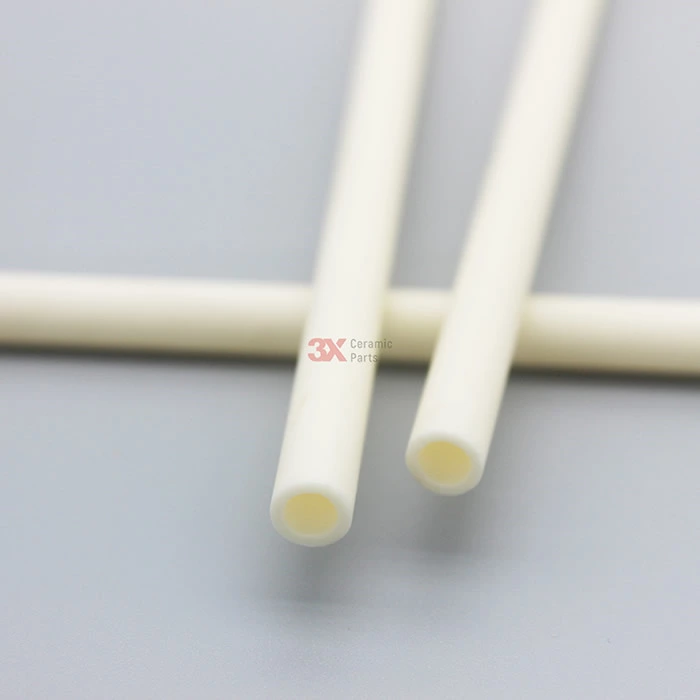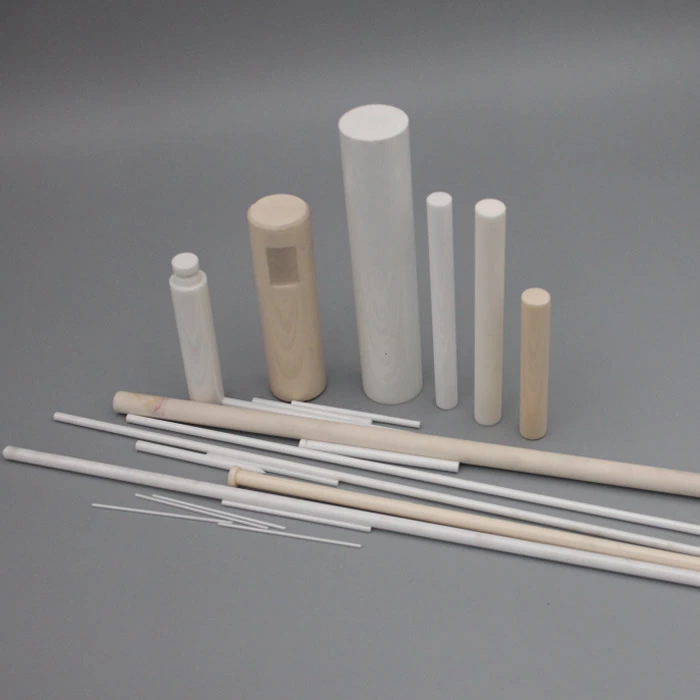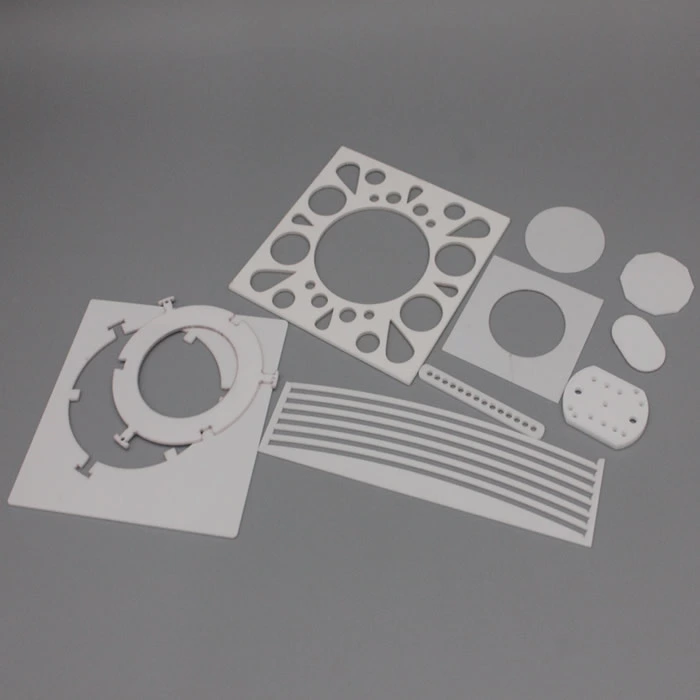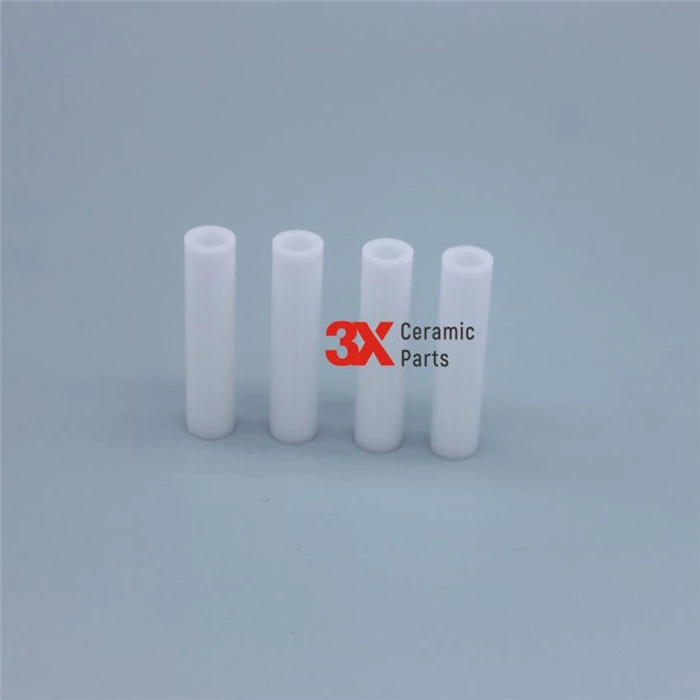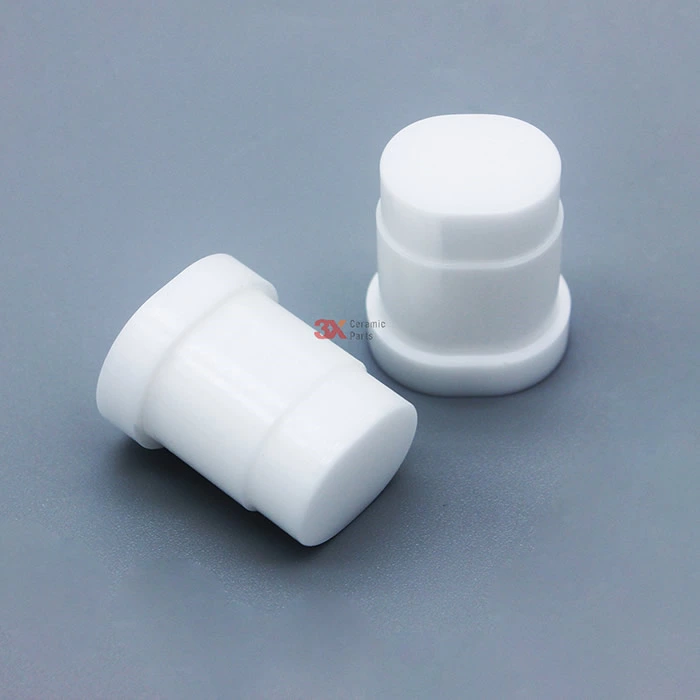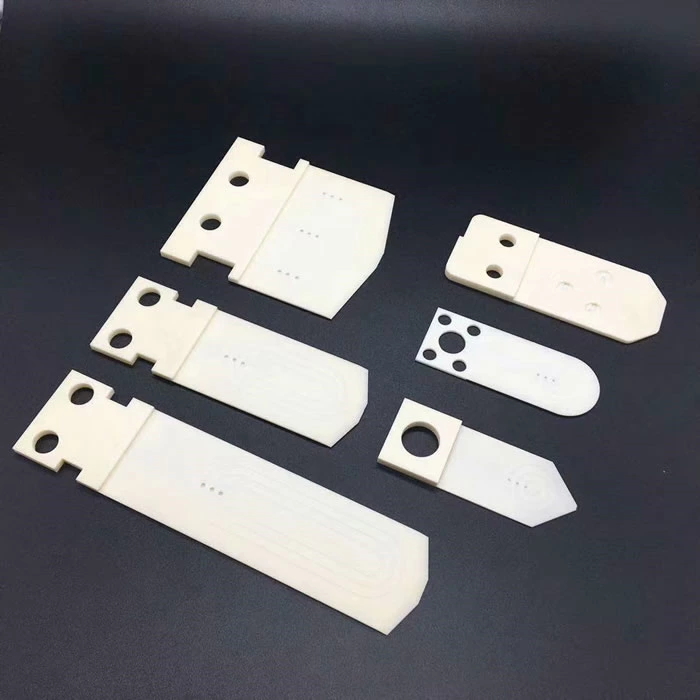Ceramic End Effector used in semiconductor industry
Ceramic End Effector Used in Semiconductor Industry
What are the functions of alumina ceramic fingers made of alumina ceramic materials? Alumina ceramic is an ordinary industrial ceramic. High purity alumina ceramic can only be grinded by diamond. The ceramic finger of alumina material has many advantages. High purity and high precision alumina ceramic finger is thin, high flatness, anti-static and good air tightness.
Alumina ceramic fingers have many names, such as industrial ceramic mechanical adsorption arm, high-purity alumina mechanical arm, vacuum adsorption mechanical arm, wafer handling mechanical arm, wafer handling mechanical arm, etc.
As the name suggests, alumina ceramic finger is a ceramic accessory used in semiconductor equipment. The main manufacturing material is 95-99.9% alumina ceramic, which is used to grasp and transport wafer chips. It is equivalent to human fingers on the machine, and the machining dimensional accuracy can be controlled at about 0.01mm.
High purity alumina ceramic fingers have good physical properties, such as high hardness and high wear resistance. It also has good heat resistance, excellent mechanical strength, good insulation and good corrosion resistance in high temperature environment.
1. High temperature resistance
Alumina ceramics can be used in atmospheres up to 1650 ° C or 2900 ° F and vacuum environments up to 2000 ° C or 3600 ° F.
At 1000 ℃, it maintains 50% of the tensile strength at room temperature. Although the strength of metal will be weakened at high temperature, alumina ceramics maintain its strength when it returns to normal temperature and remains unchanged.
Alumina ceramics have high resistivity and can pull down thermal shock. The increase of purity will increase its resistivity. Because of its dielectric equality, alumina ceramics have become a good insulating material, and current cannot pass through them.
2. Wear resistance
Wear resistance means that the material will maintain its original structure even after mechanical wear. Hardness shows the ability of the material to withstand mechanical wear and wear. Alumina ceramics are harder than steel and tungsten carbide tools.
Because of its hardness, alumina ceramics have strong wear resistance. The mechanical properties of a material are determined by its strength, which is the amount of stress it can tolerate. Alumina ceramics have excellent strength and hardness, and its wear resistance is very strong.
3. Chemical resistance
Alumina ceramics have corrosion resistance to acids and bases at high temperatures because it is inert rather than chemically reactive, which makes it resistant to chemicals such as solvents and salt solutions.
4. High density
The density of a material is its mass divided by its volume, which is read as grams per cubic centimeter (g / cm3), where grams are mass and cubic centimeter is volume.
With the increase of volume, the density of the material also increases. Alumina ceramics are made of fine particles and there are few voids in the material, which means that the material has high volume and density. The density of alumina ceramics changes according to temperature.


